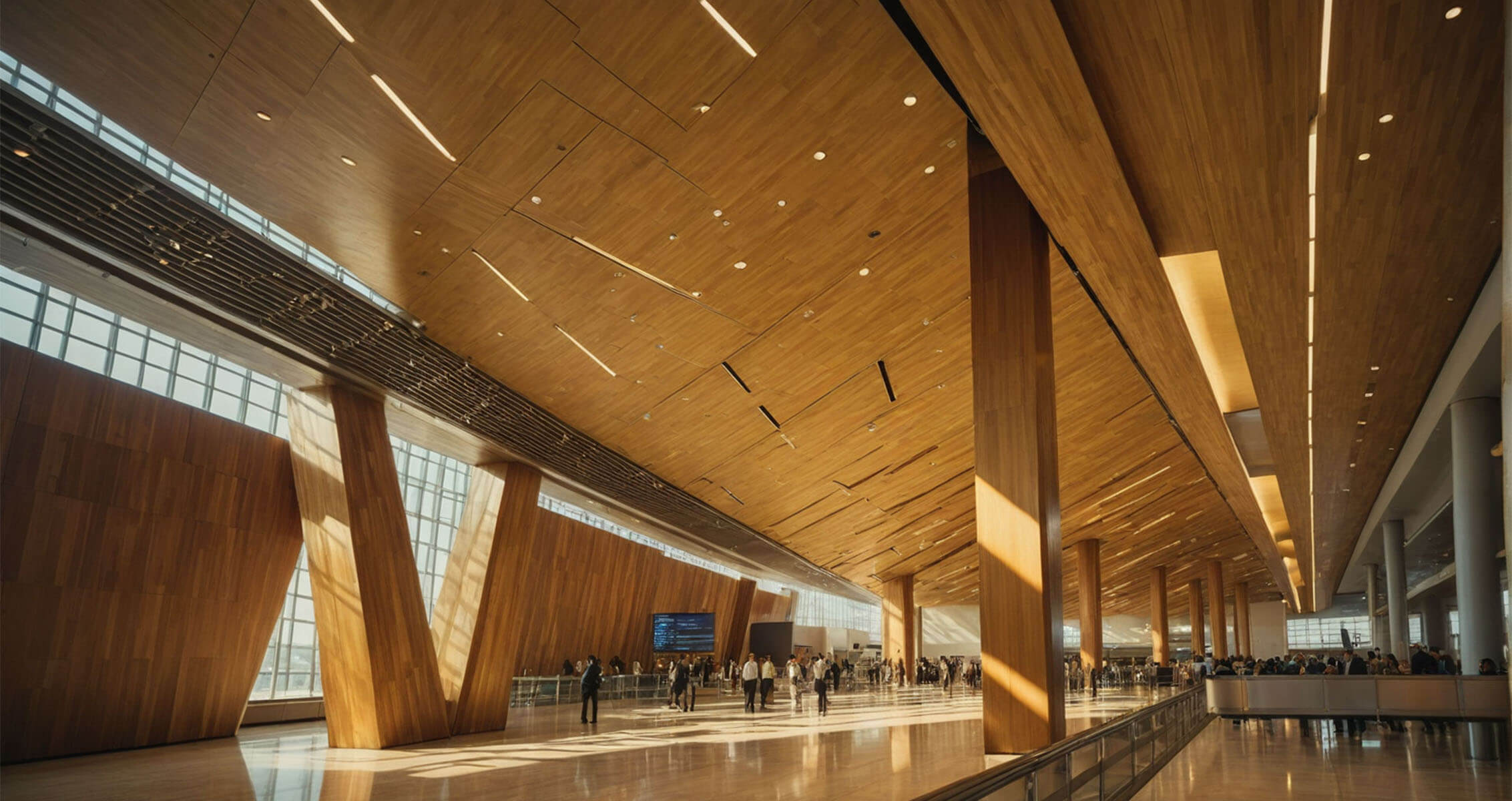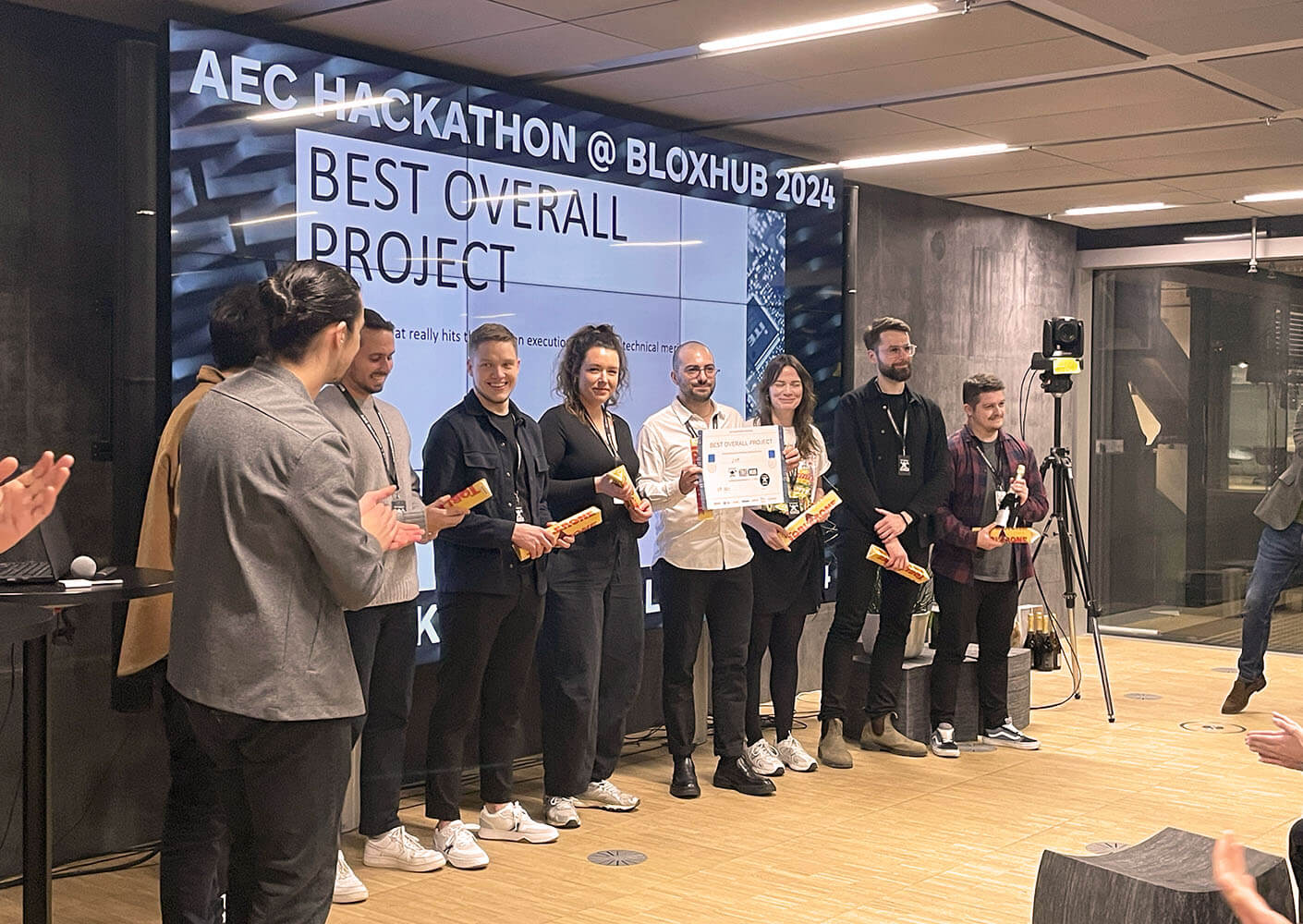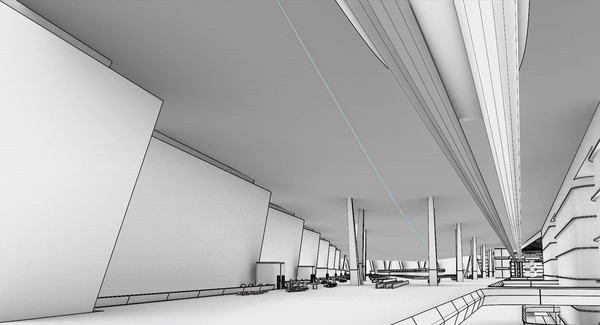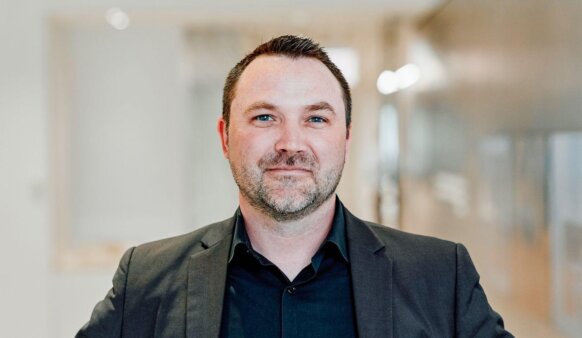For nine decades, we’ve navigated numerous technological advancements in architectural design and delivery. In this rapidly evolving era, we recognize the potential of Artificial Intelligence (AI) and Machine Learning (ML) to impact on our profession.
We have a measured approach when evaluating potentially disruptive innovation—we are not ones to chase the next “shiny object.” This strategy allows us to bypass the hype and focus on studying what will be truly and most beneficially transformative.
We know that today’s AI is not yet capable of independently generating architectural design solutions. However, in its current form, AI can automate repetitive and mundane tasks. It has the potential to amplify the creativity of design professionals, elevate design excellence, and contribute to a more sustainable and resilient built environment.
At Perkins&Will, we’ve been actively exploring AI’s possibilities through global webinars, hackathons, and thought leadership efforts. Our webinars featuring keynote speakers Phil Bernstein and Mehdi Nourbakhsh have reached thousands of participants worldwide. Internally, we have run over 30 AI experiments, applying cutting-edge technologies to real-world design challenges and contributing to internal knowledge and industry innovation. As we embrace these advancements, maintaining ethical standards becomes paramount.



